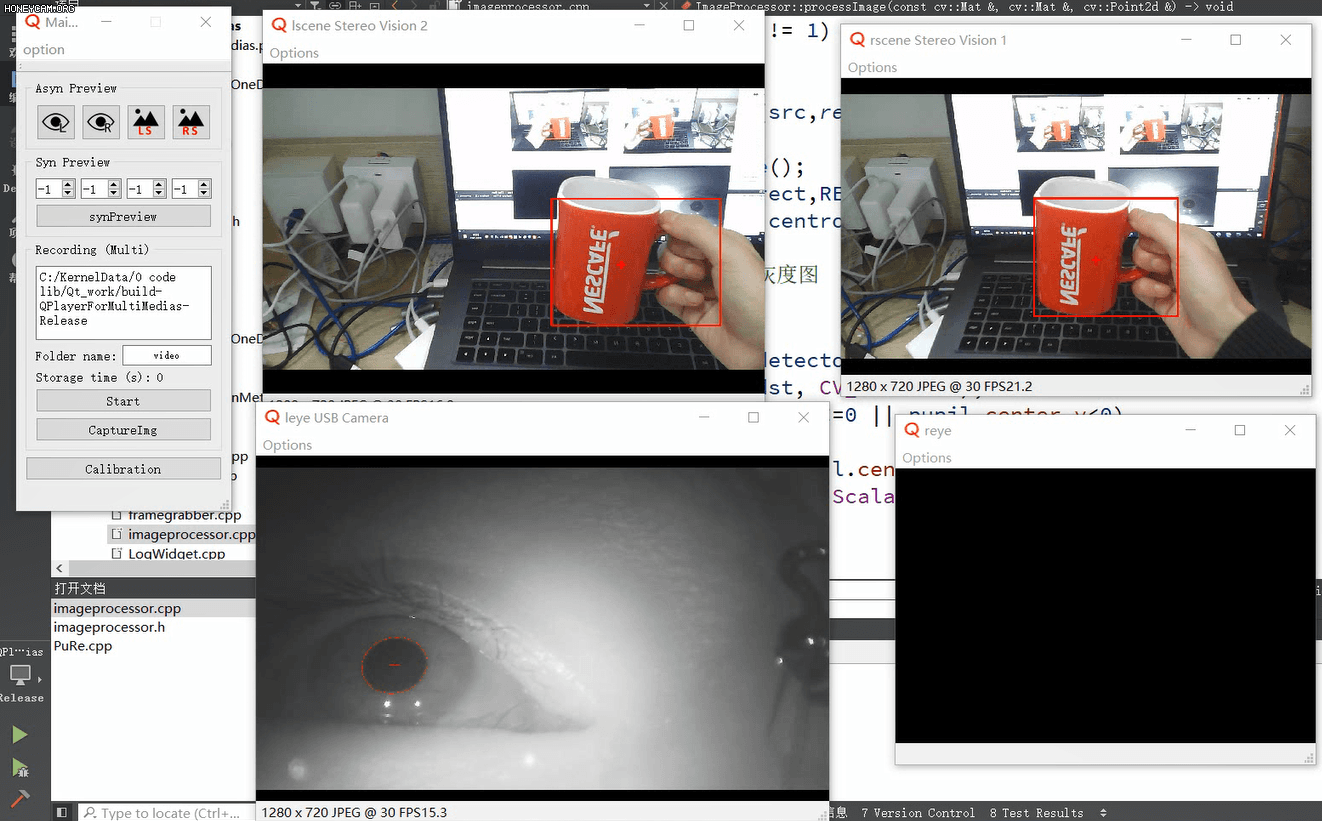As my country's aging population continues to intensify, the problem of nursing care for the elderly who lack the ability to live independently has become increasingly prominent. How to analyze the daily behavior intentions of handicapped groups is a bottleneck restricting the development of elderly care services. Aiming at the limitations of current EMG and EEG signals, this project proposes a new concept of using human visual perception and cognition to drive intention recognition, and establishes an analytical framework of "gaze point-visual attention-intent" to deal with the following challenging problems : How to establish a new principle and new method for human eye space gaze point calculation? How to extract visual attention from gaze point? How to build a method for parsing intent from visual attention? Focus on the two scientific issues of "estimation of spatial gaze point from human eye physiology" and "daily behavioral intention representation and reasoning based on human visual attention". The research contents include: human eye spatial gaze point calculation principle and multi-objective optimization, Representation and extraction of human visual attention, and behavioral intention recognition method based on visual attention. Through the above research, establish a new principle and new method of daily behavior intention recognition based on human vision, provide a theoretical basis and scientific basis for human-computer interaction driven by human vision, and enrich the connotation of natural human-computer interaction, which has important academic significance and application value.
